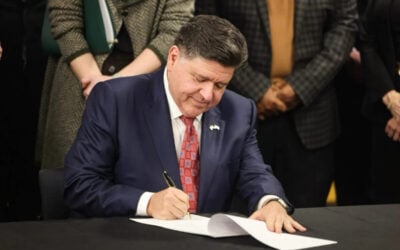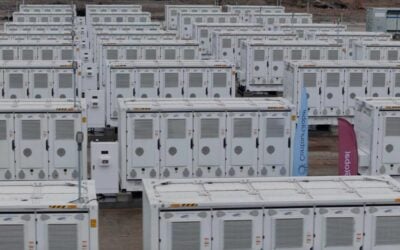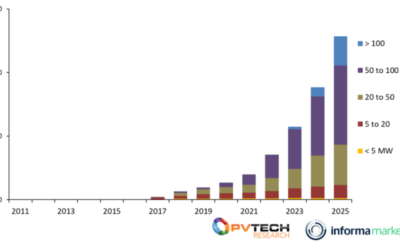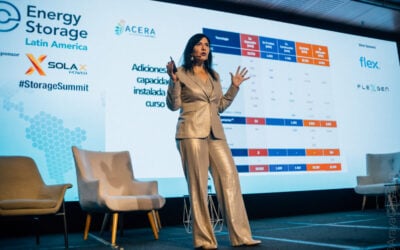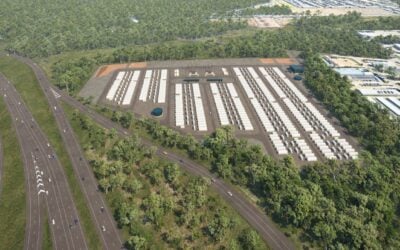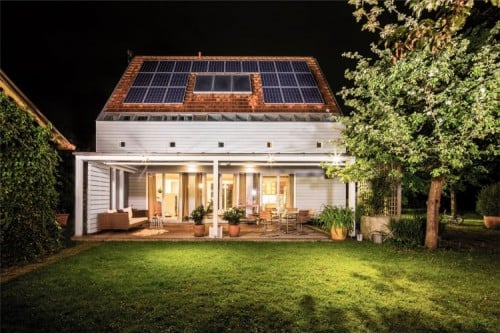
The UK government has confirmed that energy storage systems will be eligible under the UK’s newly unveiled successor policy aimed at supporting the deployment of residential solar in the wake of feed-in tariff (FiT) cuts, but only if co-located with a participating renewable energy generator.
Draft guidance on the Smart Export Guarantee (SEG), long-awaited successor to the FiT as a means of paying customers for generating clean electricity, has been published by the regulator, Ofgem. Ofgem’s draft gave requirements for suppliers as well as the information generators will be required to provide in order to receive the SEG payments.
Energy suppliers are tasked with designing tariffs. By point of reference, a supplier that pre-emptively launched an export tariff plan earlier this year, Octopus Energy, has been offering two tariffs; a flat rate offering 5.5p (US$0.069) per kWh of exported electricity and a variable rate dubbed Agile Octopus.
Suppliers must take “all reasonable steps” to ensure information given to generators – that is, those with a solar, wind or hydro asset under 5MW – is accurate, capable of being easily understood, is not misleading and is fair, transparent, appropriate and delivered in “a professional manner”.
Try Premium for just $1
- Full premium access for the first month at only $1
- Converts to an annual rate after 30 days unless cancelled
- Cancel anytime during the trial period
Premium Benefits
- Expert industry analysis and interviews
- Digital access to PV Tech Power journal
- Exclusive event discounts
Or get the full Premium subscription right away
Or continue reading this article for free
Written confirmation must also be provided to generators with details of the export tariff, as soon as reasonably practicable.
Suppliers must communicate the risks to a generator of failing to adhere to any terms of its contract, for example failing to provide the required data in a timely fashion, and as regards suspension or recoupment of SEG payments.
Suppliers must also outline the generator’s obligations for providing information, declarations and evidence to the supplier and authority as well as any consents required and a term requiring the generator to inform the supplier as soon as reasonable possible if there is a change of ownership or any extensions to an installation.
Data provided must include the export tariffs offered, the number of eligible installations receiving payments, how much export has received payments, the total amount of payments, a breakdown of payments into a 0-50kW category and >50kW-1MW category and the energy source generating.
Storage in co-location only, half-hourly settlement by meter
The Department for Business, Energy and Industrial Strategy (BEIS) confirmed that storage would be eligible for SEG payments provided it was co-located with a renewable asset that was also eligble. However, this relies on metering that can determine whether the energy is from said renewable source or if it is, in fact, a brown export.
A supplier can choose to make payments if a meter is unable to determine, meaning non-renewable generation can receive SEG payments, but is not obligated to. In addition, it can require a generator to install metering able to calculate the percentage of brown vs green export, or pro-rate output or use estimates.
Metering is an integral element of the SEG, which requires a meter capable of measuring export at half-hourly intervals, most likely through a smart meter. Suppliers won’t be required to make payment until they are provided with meter readings, which can either be automatic or as manual readings.
Generators are able to receive SEG payments alongside other government support arrangements, including grants, although generators receiving feed-in tariff (FiT) payments are not eligible.
Last month, William Marks, policy lead for the SEG at BEIS, said he was “sure” BEIS would intervene and “alter the legislation to do something differently” if suppliers failed to come out with export tariffs on 1 January 2020, the date the SEG comes into full effect.
This is a slightly abridged version of a story which first appeared on our UK sister site Solar Power Portal, also edited for context.
Additional reporting by Andy Colthorpe.

